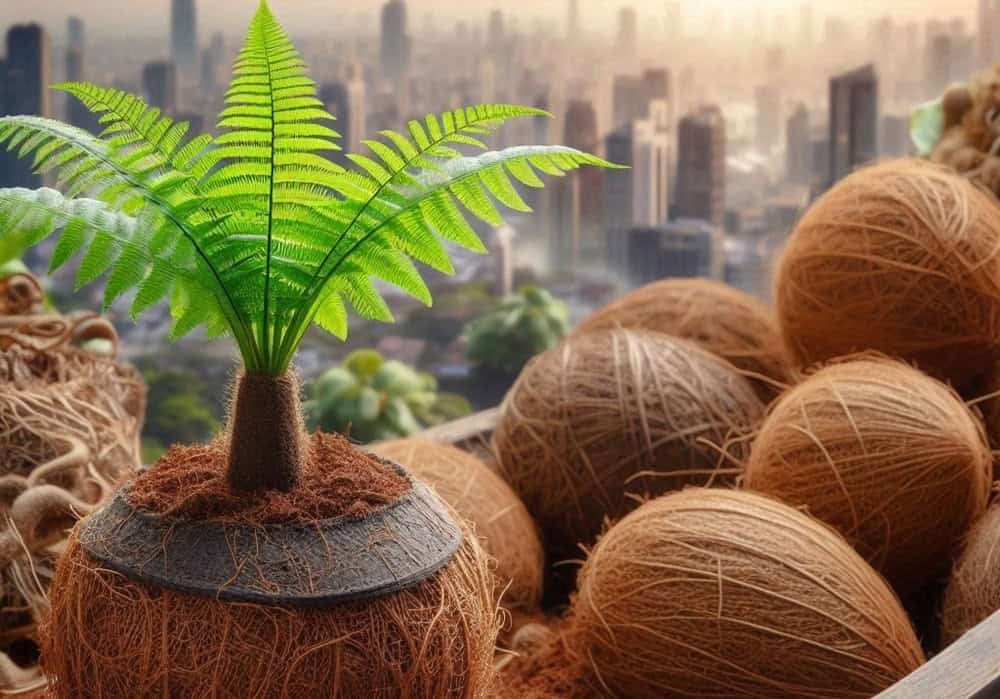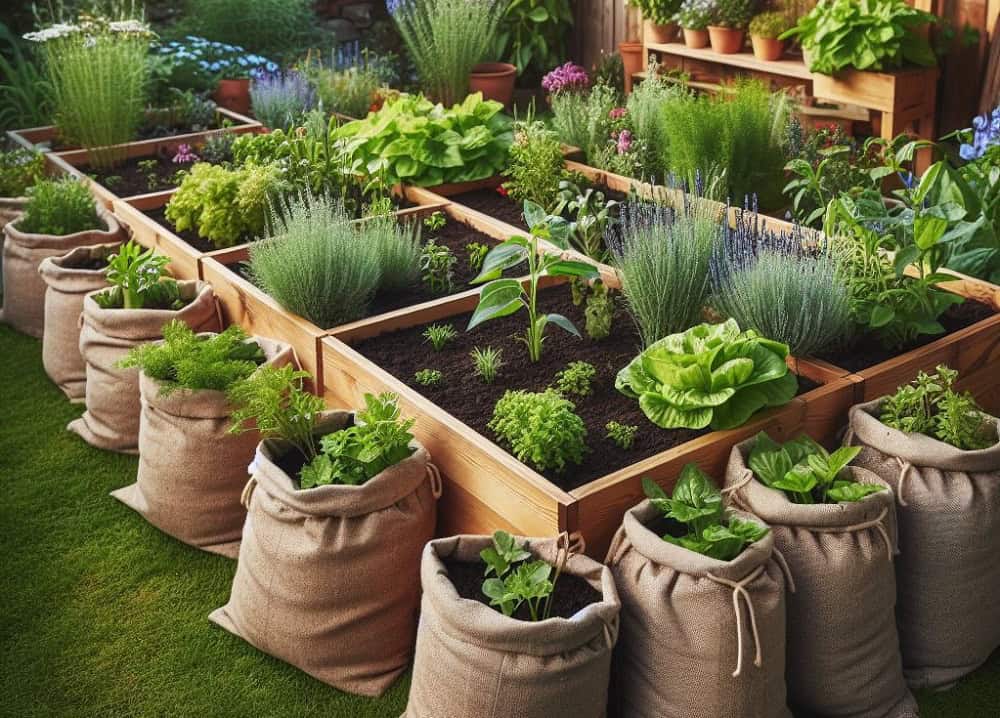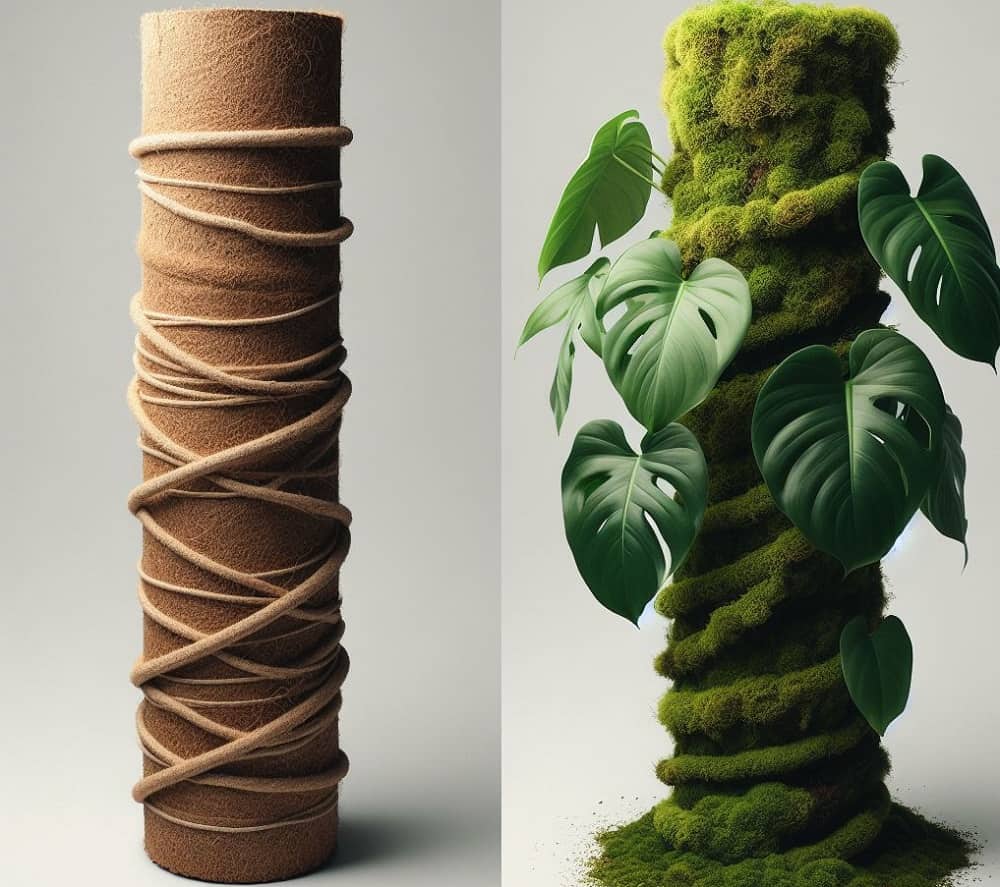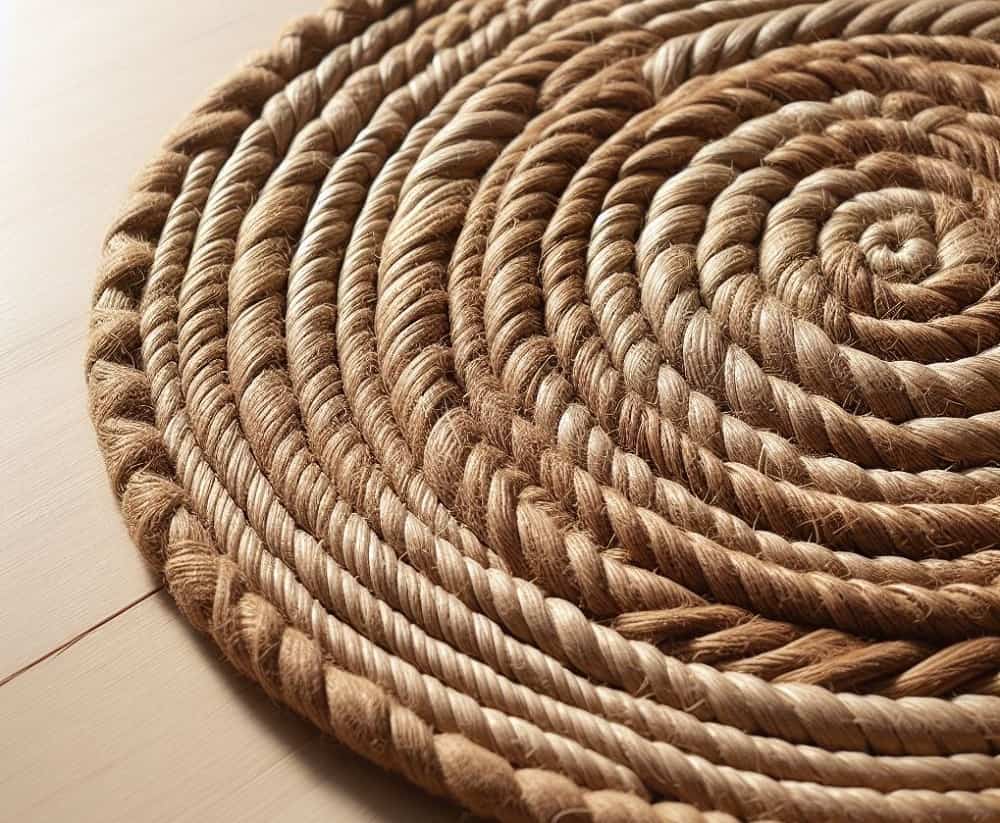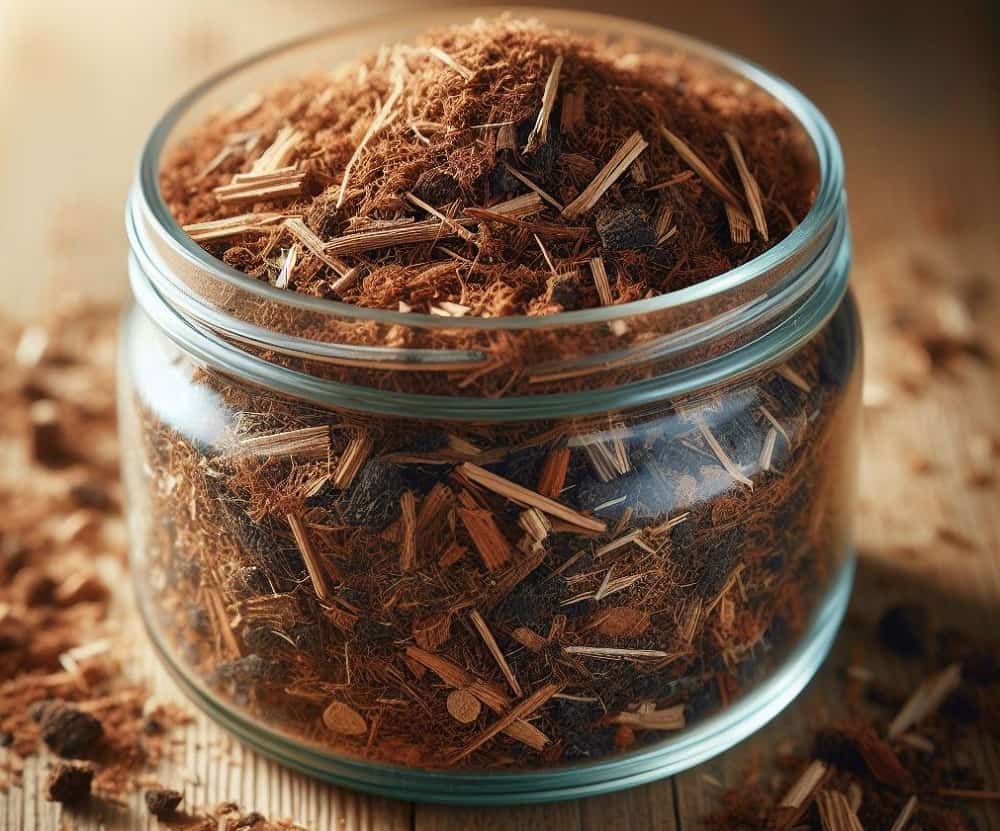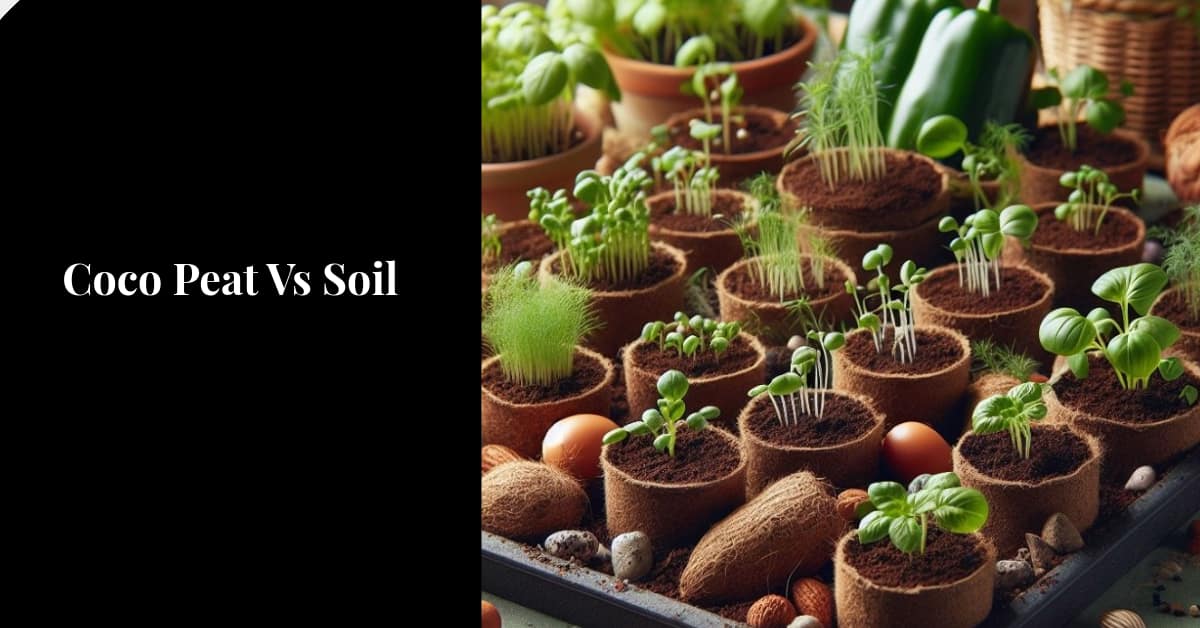Are you confused about what to choose between tree fern fiber and coco peat for your plants? If yes, you have arrived at the right place. This article will highlight the distinct features of tree fern fiber from coco peat and conclude, based on facts, which is more valuable and suitable for different applications. Before discussing the differences, let’s first understand what tree fern fiber and coco peat is.
Coco Peat
Coco peat, obtained from coconut husk, is considered a great alternative to traditional peat moss. It can either be completely replaced with peat moss or can be mixed with other components to provide root growth support to your plants. As far as the texture is concerned, coco peat has a spongy feel, and apparently, it looks a lot like soil.
Benefits of using Coco Peat
- The most popular ability of coco peat, making it useful in the industry, is its great water retention quality. Roughly, it can hold water up to 10 times its weight.
- Coco peat is a sustainable option, as it is a by-product of coconut. This not only helps in reducing waste from the coconut industry but is also an eco-friendly option.
- Most of the plants require a growing medium that has neutral or slightly acidic pH, in the case of coco peat, it checks this box making it more useful for house gardening and indoor plants.
- Another benefit of using coco peat is its easily and readily available, making it a budget-friendly option.
- It can be used in seeding and hydroponics.
- Coco peat is more versatile in terms of usage and applications. It can be used for a wide variety of applications, including seedlings, hydroponics, indoor plants, and for vegetables and herbs.
Drawbacks
- The nutritional value of coco peat is low, which requires supplementation to provide the necessary supplements to your plant for better growth and healthy roots.
- It is important to re-treat coco peat before bringing it to use to reduce the amount of salt in it, which may hinder the growth of your plants.
- If coco peat is allowed to dry out completely, it can be hydrophobic.
The versatility of coco peat makes it usable in a variety of ways. Ranging from potting mix to seed starting, it is also used for herb and vegetable growing. In hydroponics, it is commonly used as a soil medium, and consumers are using it for growing indoor and potted plants and flower gardening.
It is also used as a soil conditioner and a composite additive. Users have also been using it for mulching and vermicompost bedding. If we consider industry beyond gardening, it is also considered in construction, animal and bedding bioenergy, and fuel industry.
Tree Fern Fiber
A tree fern fiber is extracted from the trunks of certain tree fern species. It has a stringy and chunky texture. It is mostly used for a special class of plants like orchids or bromeliads. It is best for plants that grow well in good drainage and aeration.
Benefits of using Tree Fern Fiber
- A tree fern fiber has great aeration properties, it allows maximum air absorption making sure the roots breathe well and support better root growth.
- A certain class of plants requires a growing medium that is well-drainage, like orchids and epiphytes. For such kinds of plants, tree fern fiber is useful.
- A tree tern fiber has a long life and can be used for years because of its slow decomposition properties.
- A tree fern fiber has a very natural look, which is suitable for terrariums, vivariums, etc.
Drawbacks
- Tree fern fiber is used for very limited types of plants. Therefore, it is not versatile and is not easily available. Making it an expensive option.
- Tree fern fiber is not sustainable as compared to coco peat. Hence, it is not considered eco-friendly.
- The water retention ability of tree fern fiber is poor as compared to coco peat. Which means it dries out quickly.
- Because of its high aeration properties, it is not suitable for moisture-loving plants.
Final verdict
Both coco peat and tree fern fiber are useful for different applications. If you’re looking for a more versatile, economical, and eco-friendly option that is sustainable and has great retention properties then it’s best to go for coco peat.
Whereas, if you have a niche plant that requires good aeration, a longer life span, and good drainage, then tree fern fiber will be a great choice.
Contact Earth Scape to buy coconut coir in wholesale.

